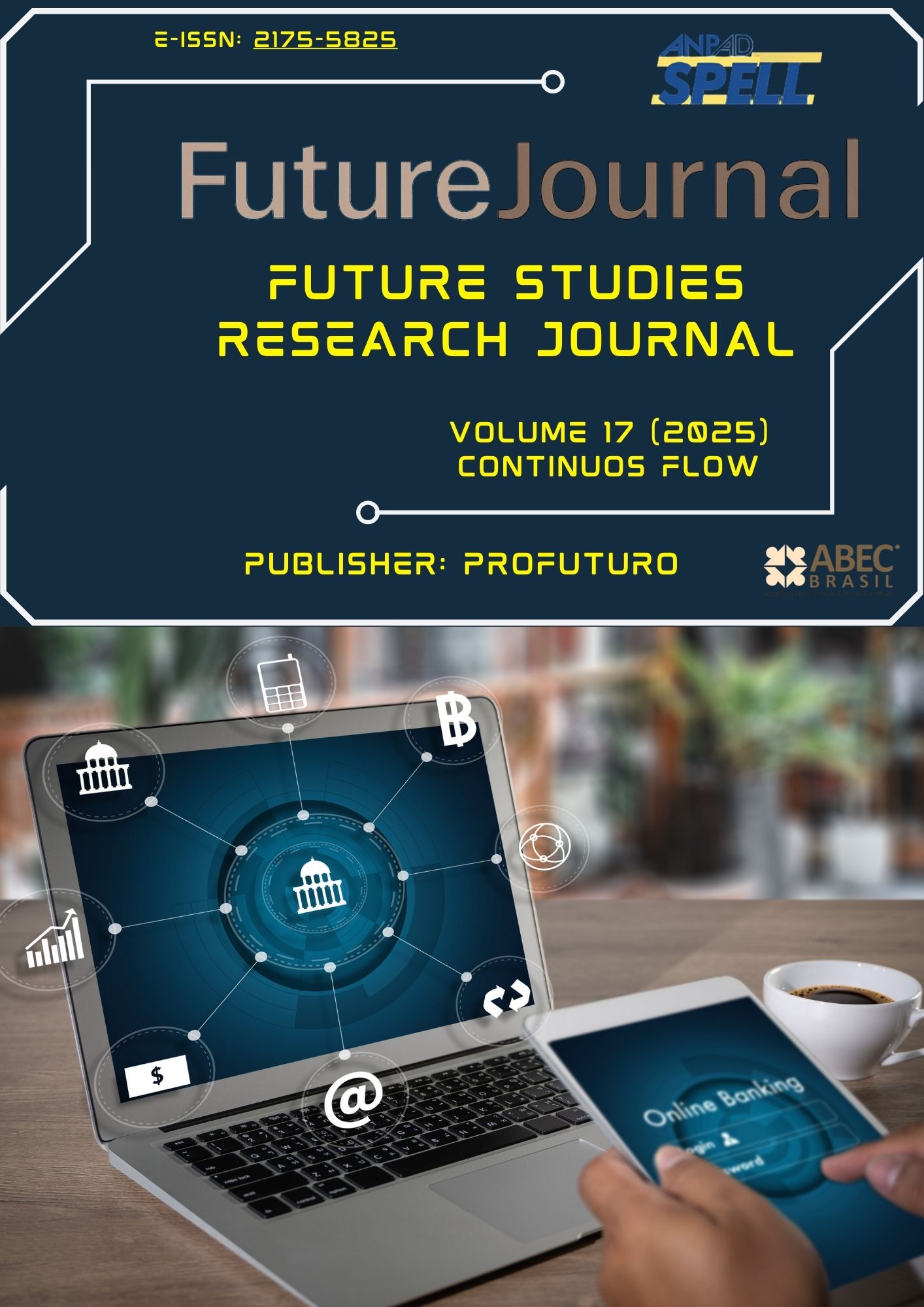Abstract
Objetivo: Este artigo apresenta o Jamovi, um software de análise estatística de código aberto baseado na linguagem R. O objetivo principal é demonstrar as funcionalidades do software, destacando sua interface amigável e acessibilidade, tornando-o uma ferramenta ideal tanto para iniciantes quanto para profissionais. Além disso, visa promover o uso de software estatístico livre, reduzindo barreiras técnicas e financeiras na análise de dados.
Método: O estudo conduz uma revisão descritiva e aplicada do Jamovi, cobrindo sua história, desenvolvimento e principais recursos em comparação a outros programas estatísticos como SPSS e SAS. Além disso, um exemplo prático é fornecido, guiando o leitor por etapas essenciais, como importação de dados, testes estatísticos e interpretação de resultados usando o Jamovi.
Resultados: O Jamovi se destaca por sua interface intuitiva, acessibilidade multiplataforma e integração perfeita com R. Ele permite que os usuários realizem análises estatísticas sem exigir amplo conhecimento de programação. Sua comunidade ativa e desenvolvimento contínuo garantem melhorias contínuas e adaptação às necessidades acadêmicas e profissionais.
Conclusão: O Jamovi se mostra uma alternativa poderosa e acessível para análise de dados, amplamente utilizada em áreas como psicologia, saúde pública, educação e marketing. Sua crescente adoção destaca sua viabilidade como ferramenta acadêmica e profissional, promovendo acesso mais democrático à análise estatística.
References
Ahmed, A. A., & Muhammad, R. A. (2021). A Beginners review of Jamovi statistical software for economic research. Dutse International Journal of Social and Economic Research, 6(1), 109-118.
Bartlett, J. E., & Charles, S. J. (2022). Power to the People: A Beginner’s Tutorial to Power Analysis using Jamovi. Meta-Psychology, 6.
Caldwell, A. R. (2022). SimplyAgree: an R package and Jamovi module for simplifying agreement and reliability analyses. Journal of Open Source Software, 7(71), 4148.
Hair, J. F., Black, W. C., Babin, B. J., Anderson, R. E. (2019). Multivariate data analysis. (8th ed.). Hampshire, UK: Cengage Learning, EMEA.
Kangiwa, B. I., Ladan, I. M., Nassarawa, H. S., Sabo, S. A., & Umar, M. A. (2024) Free and Open-Source Software for Data Analysis: Leveraging the Potentials of JASP, Jamovi and PSPP in Nigeria Tertiary Institutions. International Journal of Multidisciplinary Research in Science, Technology and Innovation, 3 (1), 1-8.
Leppink, J. (2022). Data analysis: more expensive does not imply better. Revista Española de Educación Médica, 3(2).
Navarro, D. J., & Foxcroft, D. R. (2019). Learning statistics with Jamovi: A tutorial for psychology students and other beginners (Version 0.70). Tillgänglig online: http://learnstatswithJamovi. com [Hämtad 14 december].
Richardson, P., & Machan, L. (2021). Jamovi for Psychologists. Bloomsbury Publishing.
Şahin, M., & Aybek, E. (2019). Jamovi: an easy-to-use statistical software for the social scientists. International Journal of Assessment Tools in Education, 6(4), 670-692.
Stevens, S. S. (1946). On the theory of scales of measurement. Science, 103(2684), 677-680.

This work is licensed under a Creative Commons Attribution-NonCommercial-NoDerivatives 4.0 International License.
Copyright (c) 2025 Joseph F. Hair Jr., Evandro Luiz Lopes, Marcelo Luiz Dias da Silva Gabriel, Flávio S. Bizárrias, Dirceu da Silva

